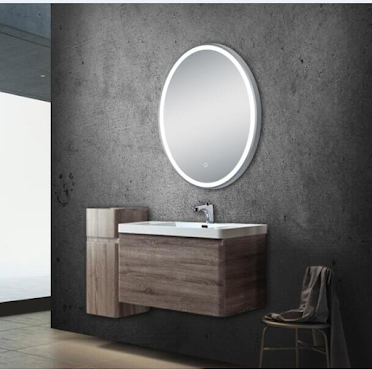Hot Rolled Steel vs. Hot Rolled Pickled Steel: Understanding the Differences
Steel is one of the most versatile materials in the world, and it's used in a wide range of applications, from construction and manufacturing to transportation and infrastructure. When it comes to steel products, two popular options are hot rolled steel and hot rolled pickled steel . While both are produced through a similar process, they have distinct differences that make them suitable for different applications.
Hot rolled steel is produced by heating steel above its recrystallization temperature and then rolling it into shape. The high temperature makes the steel more malleable and easier to shape, resulting in a product with a rough surface texture. Hot rolled steel is commonly used in construction and manufacturing, including applications such as railroad tracks, I-beams, and pipes.
Hot rolled pickled steel, on the other hand, is produced in a similar way to hot rolled steel, but it undergoes an additional step in the production process. After the hot rolling process, the steel is soaked in an acid solution to remove the surface oxide layer. This process, known as pickling, results in a product that is smoother, cleaner, and more consistent in appearance. Hot rolled pickled steel is commonly used in applications where a high-quality finish is important, such as automotive parts, kitchen appliances, and furniture.
One of the main differences between hot rolled steel and hot rolled pickled steel is their surface texture. Hot rolled steel has a rough, scaly surface texture due to the high temperatures used in its production. This texture may be undesirable in certain applications, such as where a smooth surface finish is required. Hot rolled pickled steel, on the other hand, has a smoother and more uniform surface texture due to the pickling process, which removes any surface imperfections.
Another key difference is the level of corrosion resistance. Hot rolled steel is vulnerable to corrosion, as the rough surface texture can trap moisture and other contaminants. Hot rolled pickled steel, on the other hand, has a smoother and cleaner surface, which makes it less susceptible to corrosion. This makes it an ideal choice for applications that require high corrosion resistance, such as in marine environments or chemical processing facilities.
Finally, hot rolled pickled steel offers better formability than hot rolled steel. The pickling process removes any surface contaminants that could hinder the metal's ability to bend or form, making it easier to work with and more versatile than hot rolled steel. ideal choice for applications that require complex shapes or designs, such as automotive parts or architectural elements.
In conclusion, both hot rolled steel and hot rolled pickled steel have their advantages and disadvantages, depending on the application. Hot rolled steel is ideal for structural applications, where strength and durability are the top priorities. Hot rolled pickled steel, on the other , is ideal for applications that require a smooth surface finish, high corrosion resistance, and good formability. By understanding the differences between these two products, you can make an informed decision about which one is right for your project.


评论
发表评论